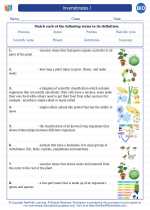Red Blood Cells
Red blood cells, also known as erythrocytes, are the most common type of blood cell in the human body. Their primary function is to transport oxygen from the lungs to the body's tissues and to transport carbon dioxide from the tissues back to the lungs for exhalation.
Structure of Red Blood Cells
Red blood cells are small, flexible, and biconcave in shape. This unique shape provides a large surface area for gas exchange and allows them to travel through narrow blood vessels. They do not contain a nucleus and most organelles, which gives them more space to carry hemoglobin, the protein that binds oxygen.
Function of Red Blood Cells
The main function of red blood cells is to transport oxygen from the lungs to the body's tissues and organs. This is accomplished through the interaction of hemoglobin with oxygen. Additionally, red blood cells also play a role in the transport of carbon dioxide from the tissues back to the lungs for exhalation.
Production of Red Blood Cells
Red blood cells are produced in the bone marrow through a process called erythropoiesis. The production of red blood cells is regulated by the hormone erythropoietin, which is produced by the kidneys in response to low oxygen levels in the body.
Life Cycle of Red Blood Cells
The average lifespan of a red blood cell is about 120 days. After this time, old or damaged red blood cells are broken down and removed from the circulation by the spleen and liver. The components of the broken down cells are recycled for the production of new red blood cells.
Study Guide
- What is the main function of red blood cells?
- Describe the structure of red blood cells and explain how it is related to their function.
- Where are red blood cells produced and what regulates their production?
- Explain the process of erythropoiesis.
- What is the lifespan of a red blood cell and how are old cells removed from circulation?
◂Biology Worksheets and Study Guides High School. Invertebrates
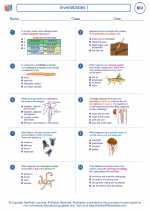
 Worksheet/Answer key
Worksheet/Answer key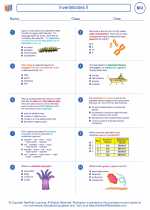
 Worksheet/Answer key
Worksheet/Answer key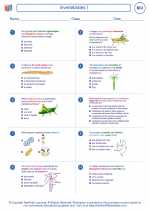
 Worksheet/Answer key
Worksheet/Answer key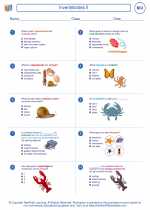
 Worksheet/Answer key
Worksheet/Answer key
 Worksheet/Answer key
Worksheet/Answer key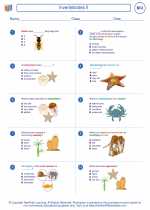
 Vocabulary/Answer key
Vocabulary/Answer key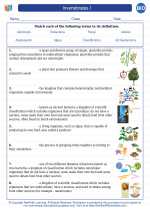
 Vocabulary/Answer key
Vocabulary/Answer key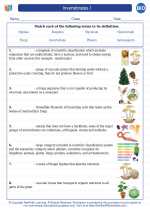
 Vocabulary/Answer key
Vocabulary/Answer key